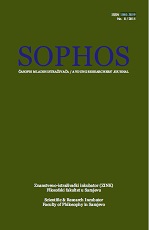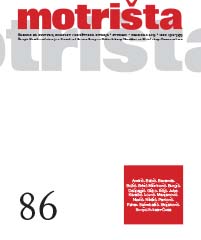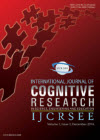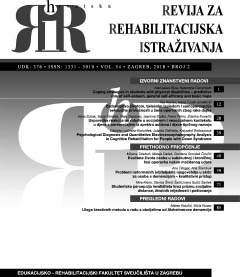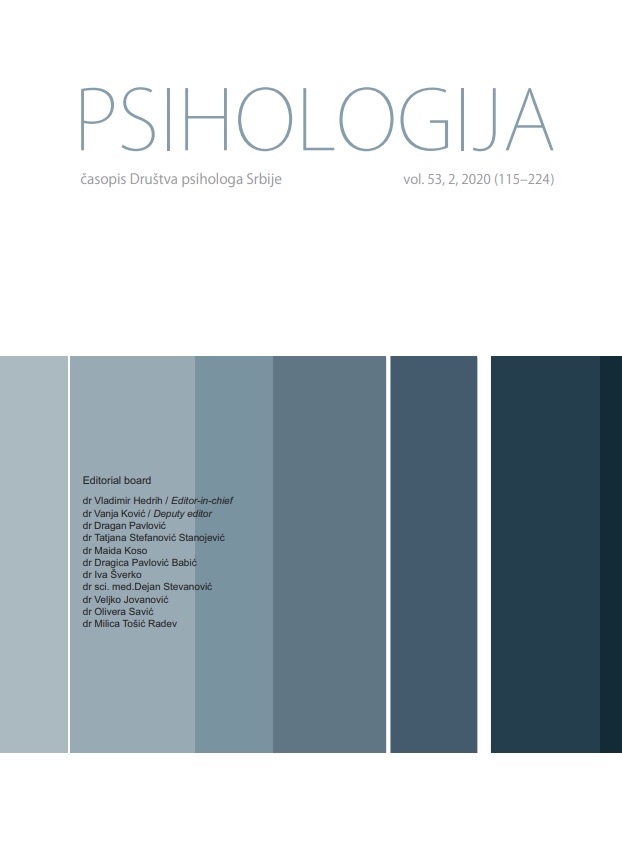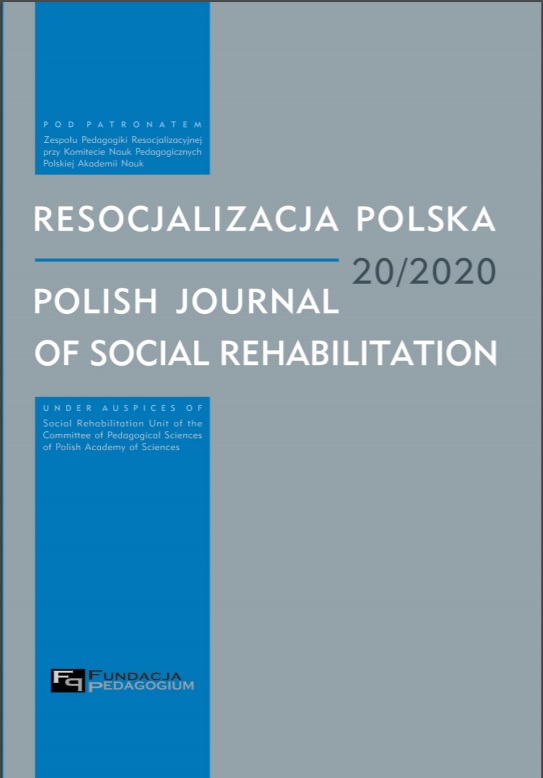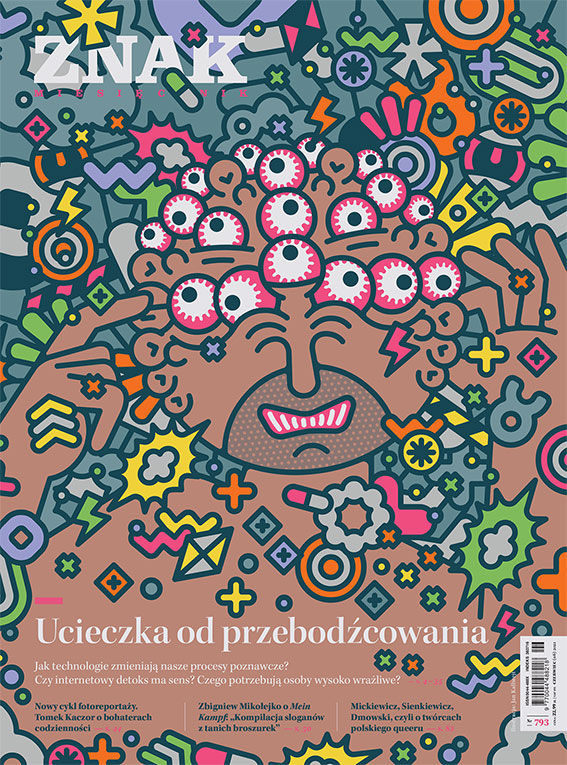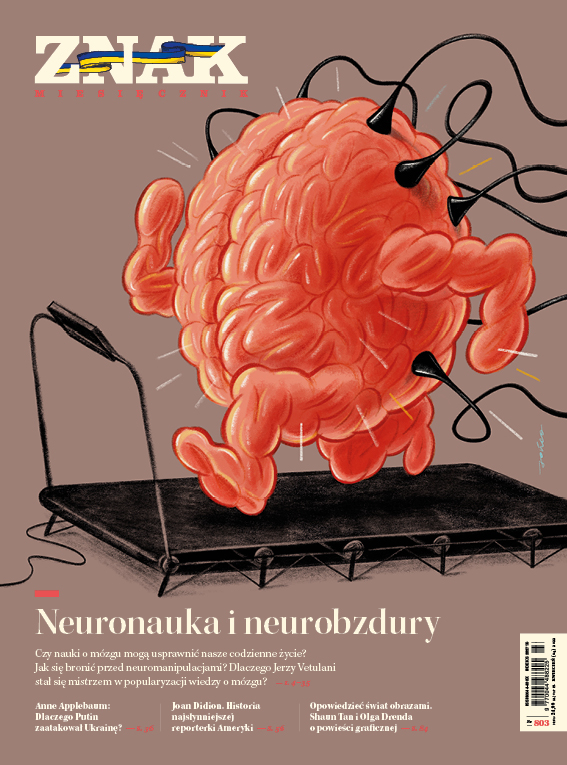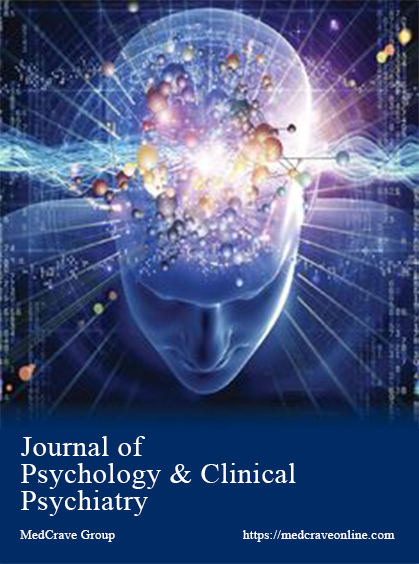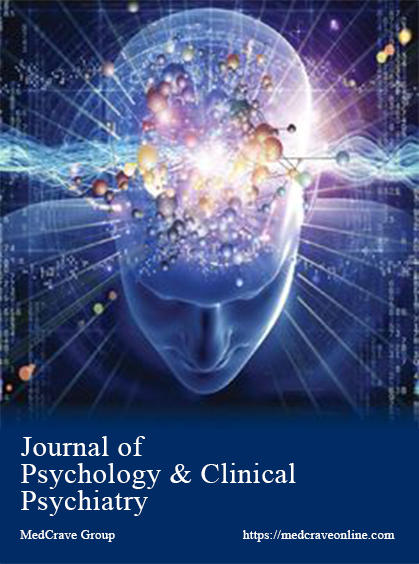Author(s): Ivana M. Leposavić,Jasna J. Veljković / Language(s): Serbian
Issue: 1/2021
Forensic neuropsychology derived from clinical neuropsychology. This area not only relies on neuropsychological approach and practice and principals of brain structure and functions, but also on the contribution of diagnostic methods of brain visualization (neuroimaging). In the last decade, large number of books that deal with this topic has been published, mostly by American authors, just as a Journal of Forensic Neuropsychology dedicated to this field has started issuing. There are more and more demands in the world from judges and lawyers that neuropsychologists should provide services of quantifying and evaluating the severity of cognitive deficits of respondents. In most cases, it is being asked of neuropsychologist to provide expertise based on clinical observation and results of neuropsychological examinations about the connection of individual cognitive functioning and behavior and special brain localization, as well as to provide the evaluation of the level of cognitive impairments. Unfortunately, official educational and training program in this field doesn’t exist in Serbia, so a specific license is not required. Also, there is a lack of professional organization that would gather forensic neuropsychologists. Practitioners that firstly obtained the status of graduated psychologists and then were educated in the field of clinical neuropsychology are the ones who deal with this area. In our country the role of forensic neuropsychologist is still not recognised enough, just as the possible significance these experts might have in judicial processes isn’t. Topics that are being most focused on in the scope of forensic neuropsychology are ethical questions, the evaluation of validity of symptoms with special emphasis on evaluating effort that is being put on examination and the presence of potential malingering, There are significant differences between clinical and forensic neuropsychology. Clinical neuropsychology determines the presence of impairment in cognitive functioning, while the main goal of forensic neuropsychology is to provide answers to the legal questions. That key difference between goals leads to different presumptions, roles, alliances and methods. The results of clinical and forensic examinations are demanded and used by different scientists. Clinical evaluation is mostly demanded by experts who deal with treating and rehabilitating people with neuropsychological impairments or brain injuries, while forensic evaluation is being demanded and used by legal institutions. Efficient use of neuropsychological principles as an answer on forensic questions requires clinical skills, critical thinking and close connection to the scientific principles. With double focus on clinical psychology and neurology, neuropsychologists can contribute to the legal system not only by their understanding of neuro-anatomy and neuropathology, but also with their capability to objectively document how neuropathological conditions affect thinking, memory and decision making process, which is, by far, the most important.
More...
